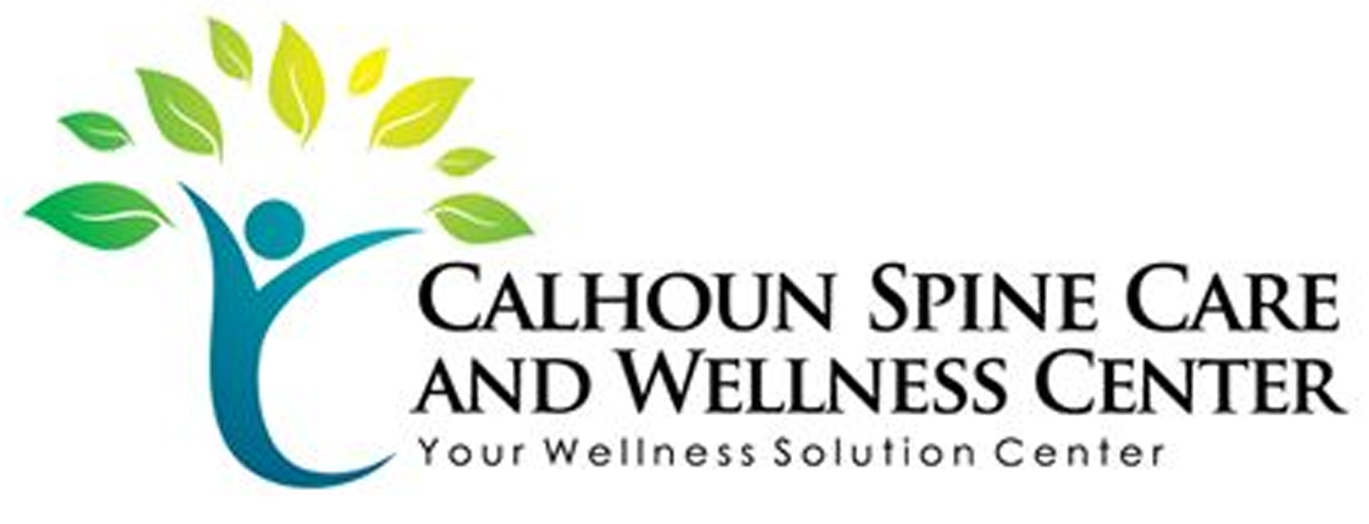When it comes to spinal adjustments, you've likely heard of various techniques, each designed to address specific needs. From the manual precision of the Diversified Technique to the gentle approach of the Activator Method, these methods cater to different preferences and conditions. Each technique not only offers unique benefits but also reflects the practitioner's philosophy on treatment. Understanding these approaches can help you make informed decisions about your care, but which technique might be the best fit for you? Let's explore the details behind each method.
Diversified Technique
When it comes to spinal adjustment techniques, the Diversified Technique stands out for its effectiveness and versatility. This technique focuses on restoring proper alignment to the spine and optimizing overall function. You'll find that it combines various adjusting methods, allowing your chiropractor to tailor the treatment specifically to your needs.
One of the key features of the Diversified Technique is its use of manual adjustments, which involve applying a quick thrust to specific joints. This method can help alleviate pain, improve mobility, and enhance your body's natural healing process. Your chiropractor may also incorporate different postures and angles during the adjustment, ensuring that every area of your spine receives attention.
You might appreciate the thoroughness of this technique, as it addresses not only the spine but also the surrounding muscles and tissues. Your chiropractor will assess your condition, taking the time to understand your unique issues before deciding on the best course of action. This personalized approach means you get the most appropriate treatment for your situation.
Moreover, the Diversified Technique is commonly used for various conditions, including lower back pain, neck pain, and headaches. As you sit in the chiropractic office, you can expect to feel a sense of relief as your spine becomes realigned.
Gonstead Technique
Building on the effectiveness of the Diversified Technique, the Gonstead Technique offers a distinct approach to spinal adjustments. This method was developed by Dr. Clarence Gonstead, emphasizing a detailed analysis of the spine and its surrounding structures. When you visit a Gonstead practitioner, you'll likely undergo a thorough examination, including a detailed health history, palpation, and specific x-rays to identify misalignments.
One key element of the Gonstead Technique is its focus on the whole spine, rather than just the problem area. By carefully evaluating the biomechanics of your spine, the chiropractor can determine the root cause of your discomfort. This holistic view allows for targeted adjustments, ensuring that the treatment is effective and precise.
During the adjustment process, you'll notice that Gonstead practitioners often use a specific hand placement technique. This method allows for controlled, precise thrusts that aim to restore proper alignment without unnecessary force. You might feel a sense of relief as these adjustments help improve your mobility and reduce pain.
Another significant aspect of the Gonstead Technique is its emphasis on patient education. Your chiropractor will likely explain the underlying issues contributing to your discomfort, empowering you to take an active role in your recovery.
Activator Method
The Activator Method utilizes a unique handheld instrument to deliver precise, controlled adjustments to the spine. This technique focuses on restoring proper movement and alignment in a gentle but effective way.
When you visit a chiropractor trained in the Activator Method, you can expect a thorough assessment of your spinal health. The chiropractor will typically perform a series of neurological tests to determine the specific areas that need adjustment.
Once your needs are identified, the handheld device—a spring-loaded instrument—comes into play. This instrument delivers quick, low-force impulses to targeted areas of your spine. You might appreciate this approach if you're looking for a gentler alternative to traditional manual adjustments.
The precision of the Activator allows for accurate adjustments without the twisting or popping often associated with other methods. You'll likely find that the Activator Method not only addresses your spinal alignment but also helps improve overall function and mobility.
Many patients report feeling immediate relief after their sessions, and the technique is suitable for people of all ages, including children and seniors.
After your adjustment, your chiropractor may provide recommendations for follow-up visits or exercises to enhance your recovery. The goal is to promote long-term health and prevent future issues.
Thompson Technique
If you're seeking a different chiropractic approach, the Thompson Technique might catch your interest. Developed by Dr. J. Clay Thompson, this method focuses on using a specialized drop-table to enhance spinal adjustments. Unlike traditional methods that rely solely on manual manipulation, the Thompson Technique employs gravity and mechanics to create a more effective adjustment process.
When you lie on the drop-table, specific sections of the table lower or drop when pressure is applied, allowing for a quick and precise adjustment. This dropping motion can help reduce the force needed for an adjustment, making it a gentle option for those who might be apprehensive about chiropractic care. You won't have to worry about jarring movements; instead, you can expect a smooth and controlled experience.
During your session, your chiropractor will assess your spine's alignment and identify areas that need adjustment. With the drop-table, they'll use specific contact points on your body, applying a gentle thrust as the table section drops. This technique aims to restore proper alignment and improve your overall function.
Many patients appreciate the Thompson Technique for its effectiveness and comfort. It's especially beneficial for those with lower back pain, as the dropping motion can relieve pressure in those areas.
If you're curious about how this technique can aid your recovery, consider discussing it with your chiropractor. They can provide more insights tailored to your specific needs and help you determine if the Thompson Technique is right for you.
Flexion-Distraction Technique
For those looking for a gentle yet effective chiropractic approach, the Flexion-Distraction Technique may be ideal. This method primarily targets the lumbar spine and helps alleviate pain caused by conditions such as herniated discs, sciatica, and spinal stenosis.
During the treatment, you'll lie on a specialized table that allows your chiropractor to gently flex and distract your spine. You can expect the chiropractor to start by evaluating your condition and understanding your specific pain points.
Once they've identified the issue, they'll adjust the table to create a comfortable position for you. As they apply a gentle pulling motion, the technique aims to decompress the spinal discs, creating more space between the vertebrae. This distraction helps relieve pressure on nerves, often leading to immediate pain relief.
Throughout the process, you'll likely feel a sense of relaxation, as the technique doesn't involve any sudden or forceful movements. Instead, it's a gradual and controlled approach that minimizes discomfort.
Flexion-Distraction also encourages improved blood flow and promotes healing by enhancing flexibility in the spine. After your session, you may notice increased mobility and reduced pain, allowing you to return to your daily activities with greater ease.
This technique is particularly beneficial for those who may be apprehensive about more traditional adjustments. If you're seeking a non-invasive option to manage your back pain, consider discussing the Flexion-Distraction Technique with your chiropractor.
Conclusion
In conclusion, each spinal adjustment technique offers distinct advantages to meet your unique needs. Whether you prefer the manual precision of the Diversified Technique or the gentle approach of the Activator Method, there's an option for everyone. By understanding these methods, you can make informed decisions about your spinal health. Don't hesitate to consult with your chiropractor to determine which technique aligns best with your goals and comfort level. Your path to better spinal health starts with the right approach!



